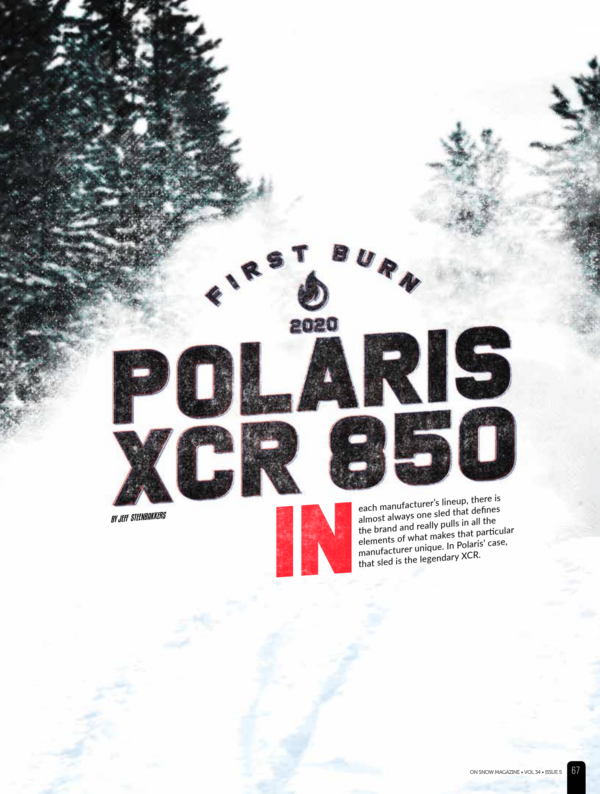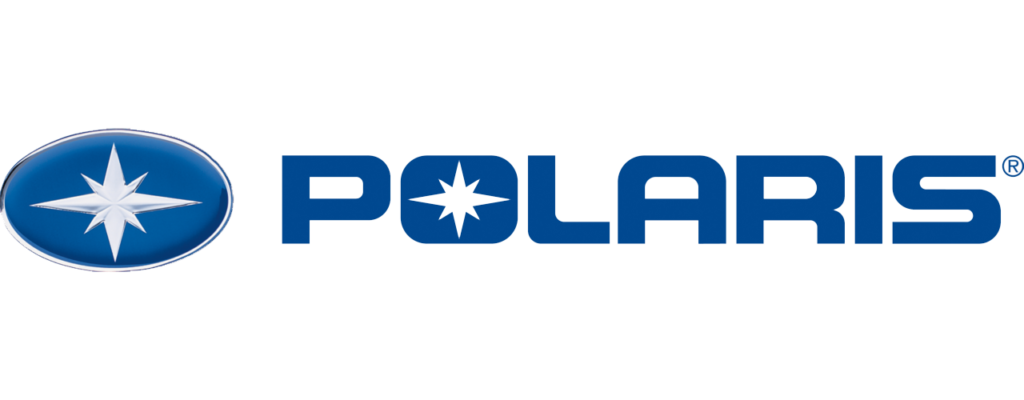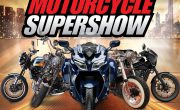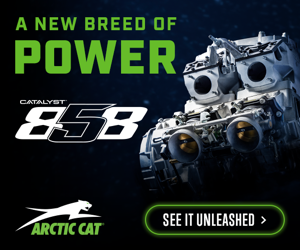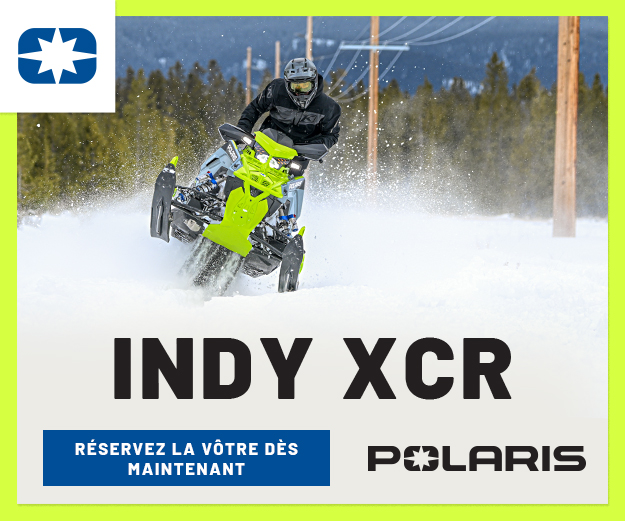In each manufacturer’s lineup there is almost always one sled that defines the brand and really pulls in all the elements of what makes that particular manufacturer unique. In Polaris’ case, that sled is the legendary XCR.
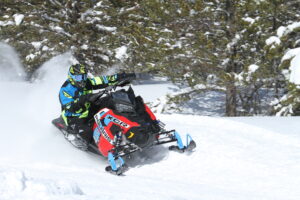
For model year 2020, Polaris brought what we here at OSM believe to be the best XCR ever… and we mean ever! This sled has combined the XCR’s active racing history, the Pro CC rear suspension, some of the most tunable shocks available on the snow, and exceptional rider balanced control, all together in one model destined to become even more legendary then it already is. We here at OSM and STV are fortunate enough to have one of these beasts in the fleet this year, and its become one of our favourites. In fact it has more miles on it compared to any of our other media sleds!
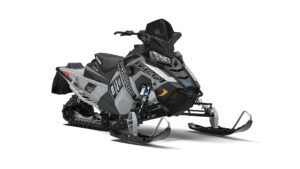
The X-C-R of the XCR, stands for Xross Country Racer, which is the foundation of this sled. In fact, Polaris refined this machine before production by racing and winning with it in cross country competitions. This experience also allowed them to include the little reinforcing details that make this sled super tough. You can find these updates by looking at the reinforced suspension rails, and in the aluminum rather then carbon fibre over structure in the chassis. Weight was a concern, but in some cases toughness is more important because to finish first you must first finish.
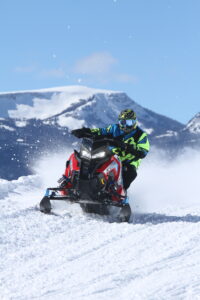
With such a stout chassis, Polaris was also able to install a complete Walker Evans Racing Velocity 2.0 shock package, that is both hi and low speed compression adjustable allowing tuning window to smash into the toughest terrain at speed, while still having the compliance needed for precise handling when shock velocity (no pun intended) slows down over mellower conditions. One thing missing is rebound adjustment, which isn’t possible due to the fact the WER shocks incorporate an internal needle valve on the end of the shock rod to ramp up the valuing at full compression. Like an internal hydraulic bump stop.
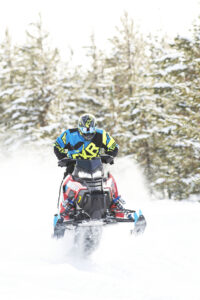
Personally, I’d like to have the option to adjust rebound, but this would take an already complicated shock package into the next dimension. Misadjusting a shock’s rebound setting can mess up performance much quicker then getting the compression setting a little out of whack, plus rebound can be a little counterintuitive to work with complicating this adjustment never more. Even though I’d like to see one more knob on my shocks, I can honestly say I don’t really miss this option on the XCR. Polaris has done an excellent job getting the shock to extend in plenty of time to meet the next hit and so far I can’t say I’ve experienced any shock packing with Velocity shock package.
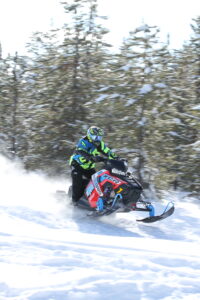 The next defining attribute to the XCR is the inclusion of the Pro CC rear suspension. Debate is still going strong around our offices while comparing the Pro CC to the Rush Pro S style skid frames. Each suspension has their merits and comes down to personal choice, although for not much longer after MY20. I would like to experience the Pro CC, in a shorter 120ish track length compared to the current 128” though.
The next defining attribute to the XCR is the inclusion of the Pro CC rear suspension. Debate is still going strong around our offices while comparing the Pro CC to the Rush Pro S style skid frames. Each suspension has their merits and comes down to personal choice, although for not much longer after MY20. I would like to experience the Pro CC, in a shorter 120ish track length compared to the current 128” though.
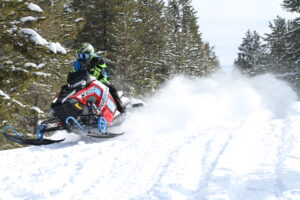
That said, the current XCR rear suspension bites hard and is an internal part of the rider balanced control Polaris has engineered into its chassis. Just like in other models, you can get extra weight on your skis by bringing the riders weigh forward, getting up on the bars. Shifting your weight back will in turn get the front light to dangle the skis over moguls, or clear obstacles. In addition this rocking action of the sled can really become part of building pace with XCR, allowing you to shift weight where you need it for grip. About the only time this becomes an issue is at night when the headlight is moving up and down with the chassis angel. This either light up the trees really well while accelerating, or the 10 yards directly in front on the sled under braking. This makes coming hot into a corner a little more interesting as you hurtle into the darkness just ahead of your headlights beam.




